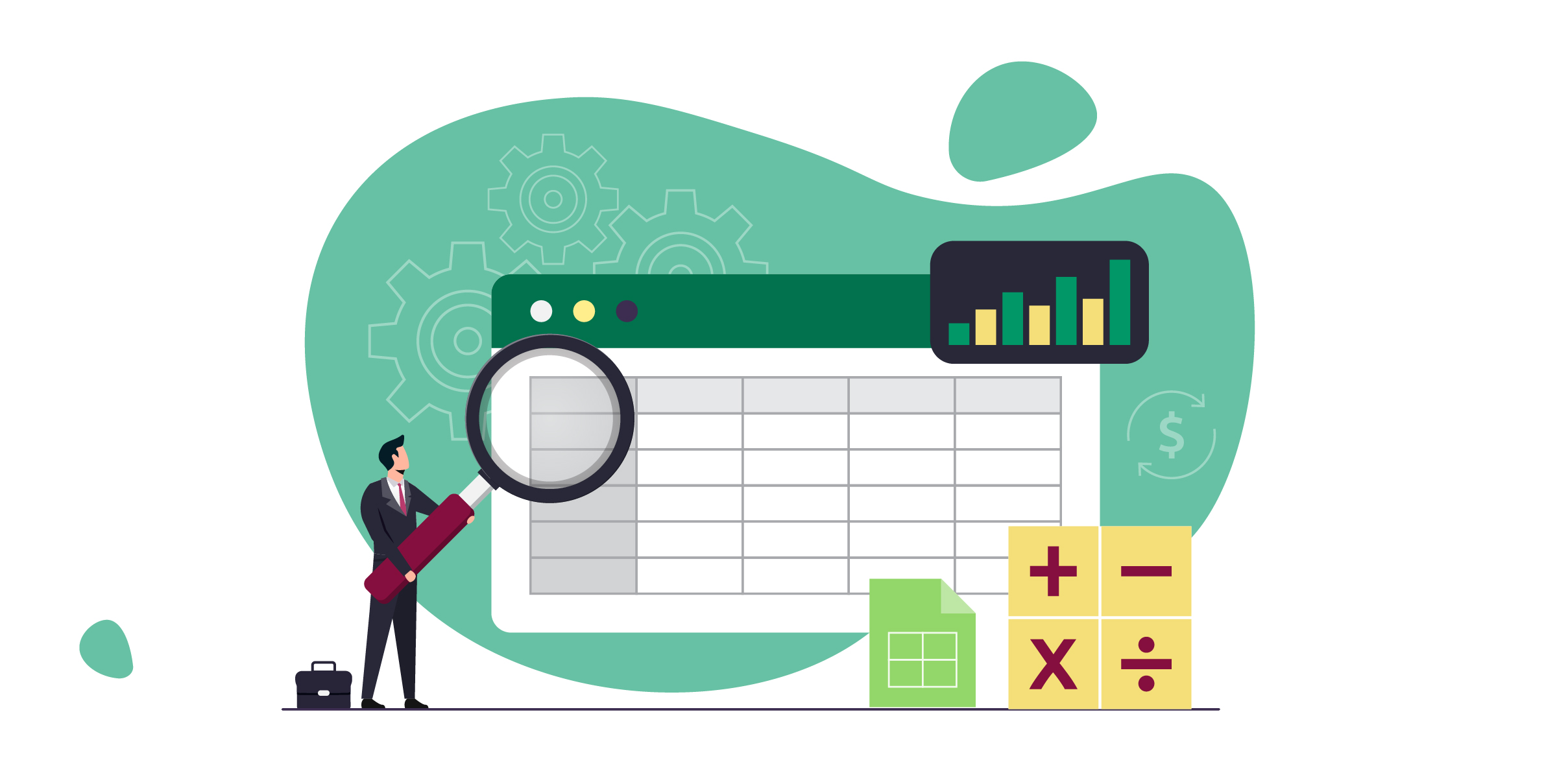- HOME
- More
- Technology
- Look beyond spreadsheets for lasting success
Look beyond spreadsheets for lasting success
- Last Updated : August 5, 2024
- 159 Views
- 4 Min Read

A friend of mine recently completed a six-month diploma in management, where she learned the fundamentals of financial planning, budgeting, marketing, data analysis, and other business-critical areas. While the bulk of what she learned was related to concepts and methodologies, there was only one module that focused on a specific tool. Guess which tool it was?
Microsoft Excel.
Launched close to four decades ago, Excel is still highly relevant and widely used across business functions. Though we might have many other alternatives today, it's Excel that made spreadsheets a veritable force in the way businesses are managed and run.
I've even heard my friends say that they use it for translation projects. While that's a use case where spreadsheets are an obvious good fit, there's one use case that blew my mind, and that's creating knitting patterns. So the question isn't "What can you do using spreadsheets?"; it's "What can't you do using spreadsheets?"
Understandably, the versatility of spreadsheets means that you can use them to manage customer relationships as well. You can have columns dedicated to specific customer details, such as their contact information, which stage they belong to in the sales funnel, deal size, date of last purchase, and so on. You could even have separate worksheets or spreadsheets to manage different parts of your business, such as inventory, customer issues, feature ideas, and so on. But for how long?
Once you start growing, spreadsheets are no longer a viable option for managing your business, and you need to start looking out for software tools that are more focused and function-specific. Why though? We'll look at just that in this post.
More ease of use
This is the first and most important reason to move away from spreadsheets once your business starts growing. The very nature of spreadsheets is such that they require a lot of effort and diligence and always come with the risk of errors happening due to manual data entry.
In contrast, a dedicated tool like a CRM solution or helpdesk software—with its relevant preset fields and customization options—takes away the bulk of the work required in organizing and structuring customer data meaningfully.
Better data management
As your business grows, the volume of data that comes in and goes out also grows in tandem. This necessitates having a centralized database that acts as a single source of truth. If you use a cloud-based spreadsheet tool, you can fulfill this requirement to a certain degree, but if you use offline documents handled by multiple personnel, data collation and synchronization can quickly turn into a nightmare.
However, once you start using function-specific tools for, say, inventory management, accounting, and customer support, these systems can integrate with one another and make data management simpler. In most cases, you also get to control which data can and can't be shared across systems.
Better performance and scaling
Whether they're online or offline, spreadsheets are prone to performing sub-optimally once they start dealing with huge amounts of data. Often, identifying the root cause and troubleshooting these performance issues can also be quite challenging. Needless to say, this can in turn hamper your productivity and efficiency.
Furthermore, as the size of your team grows, version control and in-document collaboration can suffer if you persist with just spreadsheets. A dedicated CRM or a helpdesk tool—which are purpose-built—can take away all these pain points by showing exactly when a change was made and by whom. This also improves transparency and accountability.
Easier data visualization and reporting
Yes, spreadsheets do offer a lot of data visualization options, such as bar graphs, pie charts, and so on, but creating them by pulling up the necessary data points can be quite a challenge. Add to this the limits set for the data they can handle and you get something that's not fully there. Furthermore, having to reference the correct cells or ranges, use the correct formulas, and update changes makes the whole process tedious and time-consuming.
On the other hand, CRM or helpdesk software tools come with a bunch of default dashboards and reports for metrics that matter—and you can even create your own custom reports so you can slice and dice through your data to accelerate and optimize your decision-making.
Advanced capabilities
Spreadsheet tools—whether it's Excel or any other alternative—will no doubt receive updates and new functionalities from time to time. However, these updates might not be directly relevant to your use cases, and you may have to invest a significant amount of time and effort to adapt them to your specific needs. Function-specific tools like a CRM, however, come with periodic and relevant updates and new capabilities that add value to the way you manage sales and customer relationships.
The ability to incorporate custom functions and workflows and integrate with other software tools that you use is another major plus that can simplify the way you do things. What's more? The giant strides made in AI technology in recent times promise a wider array of new possibilities and functionalities that can make a huge difference to how you run your business. Need a quick summary of a customer interaction? Can do. Need a help article that contains the solution to a customer issue? Can fetch. And all this within a second. That's just how quickly the technology has evolved.
Spreadsheets are great tools for nascent businesses, but if you start seeing consistent growth at some point, it's prudent to switch to function-specific tools and solutions. Besides vendor-driven tools, you could also consider using low-code/no-code platforms to create custom solutions and applications that address your specific business needs. The bottom line is that spreadsheets can act as a good launching pad and carry you upwards to a certain point, but in order to keep soaring higher and higher, you need to look beyond them.


